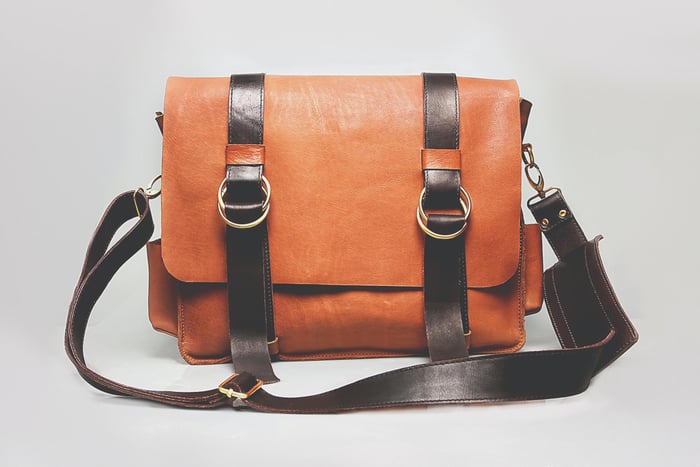
Companies that are Revolutionizing Vegan Leather

abillion
. . .
Your go-to app for all things vegan
Responses

Wow so many sources from cactus, mushrooms, flowers, coconut waste to leaves from betel & pineaple leaves...who needs leather any more?
REPLY
Thanks for sharing. In fact, apart from these vegan leathers introduced by the blogger, there is also cork leather, a sustainable leather made from cork bark (which does not harm trees and the bark is renewable and biodegradable). HZCORK is the manufacturer of this cork vegan leather. www.hzcork.com
REPLY













